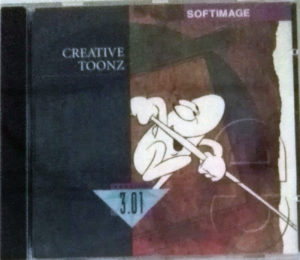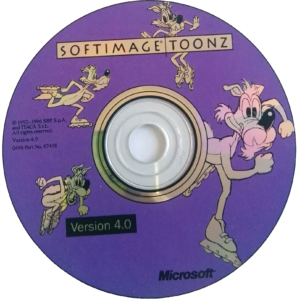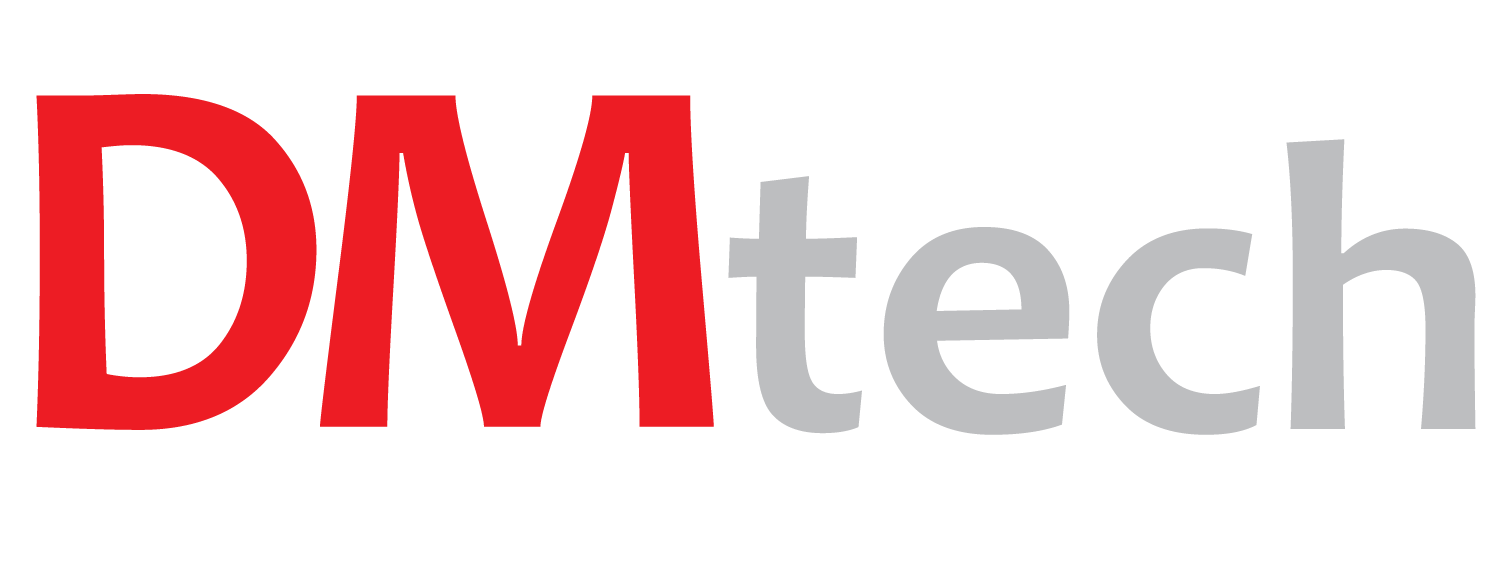Our origins
DMtech, a newly established company, derives its skills from DIGITAL VIDEO, founded in 1981 and that since then operates in the following sectors:
ANIMATION
DIGITAL VIDEO was born as a producer of Toonz, a professional solution for 2D animation cinema, released in 1993. Toonz was distributed worldwide by SOFTIMAGE Inc. (Canadian company, undisputed leader in those years of the 3D market) with the name of Creative TOONZ.


Subsequently it was distributed by Microsoft Corp. under the name Microsoft | Toonz and by Avid Technologies under the name AVID Toonz. Since 2005 Toonz is sold by Digital Video through its own distribution channel.

The first feature film made entirely with Toonz dates back to 1995, it is “Balto”, produced by S. Spielberg for Unviersal Pictures, follow many other important titles, on all “Spirited Away” by Hayao Miyazaki, winner in 2004, of the Oscar for Best Animation Film.
Digital Video also provided Fox Animation with all the technology for the animation studio created in Phoenix (US) under the direction of Don Bluth, who produced, among others, animated films such as “Anastasia”, “Bartok the Magnificent “and “Titan AE”.
Toonz has also been used for the production of famous animated series, including the Simpsons and Futurama.

Over the years, Digital Video has added to Toonz other products for animation cinema; among these the main ones are “Linetest” for the computer assisted support to the traditional animator, “Story Planner” for the realization of storyboards and “Scintillae”, a particle system for special effects.

Over the course of all these years, Toonz has earned, with more than 4,000 licenses sold in 66 different countries, a leading role in the world of software solutions for the cartoon industry.
In December 2015, Digital Video closed with DWANGO (Japanese publisher active in the media and cell phone services) a sale agreement of the source code of Toonz Harlequin 7.1, under the condition that said code was published on Github under an open source BSD license.
The result of this sale is an Open Source version of Toonz (OpenToonz). At the same time, Digital Video, which has benefited greatly in terms of visibility for this operation, has published Toonz Premium (end-user price of less than USD 500) to provide a professional alternative to animation studios, which also includes training and support.

BROADCAST
Digital Video, since 2009, has expanded its horizons from the world of animation to that of the film industry giving life to DDL (Digital Dailies Lab by Technicolor), product for the management of daily production and “Momentum” produced for the automatic management of production processes (Workflow Manager) and for the management of video assets (MAM: Media Asset Manager).
For the development of “Momentum” was founded MANTRICS Srl in association with Video Progetti (a company based in Rome that distributes Products for Broadcast). Mantrics initially operates independently and subsequently signs an exclusive distribution agreement with an English company, leader in the broadcast market (Snell).
The company was subsequently sold to Quantel, currently S.A.M.
In this period Mantrics has achieved exciting results and today provides “core” technology to primary actors in the media world: CNN, Fox (Los Angeles), Univision, Turner, BBC sare just some of the main customers acquired by Mantrics when Digital Video still held 66% of the share capital. International customers must also be added to Italian ones; among them Fastweb, La7, La Effe, De Agostini, RAI, SKY and other minor customers.

PROJECTS
In the development of commercial products, Digital Video has always supported an activity carried out in research projects that have had, and still have, the purpose of developing technologies that will then be injected into the next generation of products. This strategy has led Digital Video to present and carry out, over the years, a large number of projects, during which it has carried out an activity of Industrial Research and Development in close collaboration with public research organizations as well as with other project partners.
